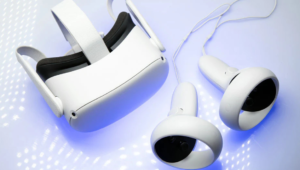The piano is one of the most popular and versatile instruments in the world, known for its wide range and ability to play multiple melodies simultaneously. One of the first questions many new learners ask is, “How many keys are on a piano?” While the answer can vary depending on the type of piano, the standard number of keys is 88. In this article, we’ll explore different types of pianos, their key counts, and why these variations exist.
Standard 88-Key Piano
Most modern acoustic and digital pianos have 88 keys. These pianos have a full range of notes, covering seven octaves plus a few additional notes. Here’s a breakdown of the 88 keys:
- 52 white keys (naturals)
- 36 black keys (sharps and flats)
This range allows for rich tonal depth, enabling musicians to play complex pieces that utilize a wide range of notes.
2. Other Types of Pianos and Key Counts
Not all pianos have 88 keys. Here are a few other common variations:
- 76-Key Pianos: These are often found in digital or beginner keyboards and omit some of the lower bass and upper treble notes. This can be ideal for those with limited space or beginners who don’t need the full 88-key range.
- 61-Key Pianos: A popular choice for electronic and portable keyboards, 61 keys cover five octaves, making them suitable for simpler pieces and for musicians focused on chords rather than full-scale pieces.
- 54-Key and 49-Key Pianos: These smaller keyboards are typically used by beginners or young learners. They cover just four octaves, providing a good introduction to the piano without overwhelming the player.
3. Specialty and Historical Pianos
Certain specialty and historical pianos can have even more than 88 keys. Some examples include:
- Bösendorfer Grand Pianos: Some models have 92 or 97 keys, extending into the lower bass range. These additional keys are useful for specific classical and modern compositions.
- Historical Fortepianos: These early pianos, popular during the 18th and early 19th centuries, often had 61 to 85 keys. As the demand for more complex music increased, so did the need for a greater range of keys, eventually leading to the standard 88-key format.
4. Why 88 Keys?
The 88-key standard was established in the late 19th century. Steinway & Sons, a leading piano manufacturer, developed the 88-key piano to meet the demands of composers and performers who required a wider range. Today, most classical and contemporary music is composed with this standard in mind.










